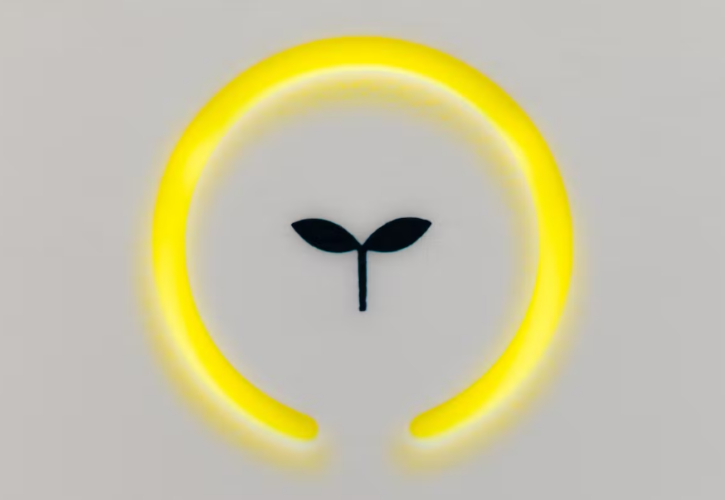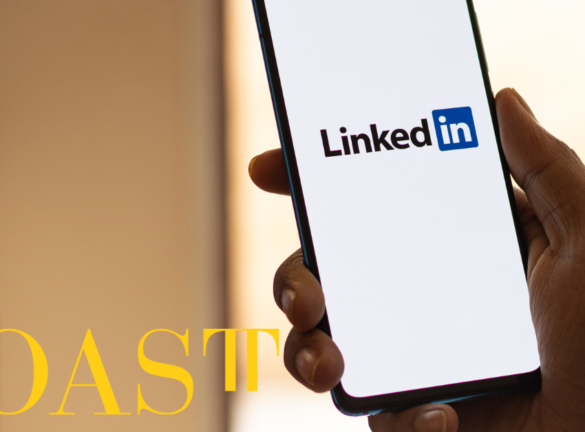
The future of social media is educational and eco-conscious
How are the most popular social platforms of the moment setting the tone for the future of social?
Younger generations are feeling the pressure of social media far more than those at the other end of the spectrum, with 45% of gen Z saying that they feel there’s too much pressure to be perfect on social media (versus 23% of gen X and 16% of boomers). The same findings from Global Web Index (GWI) show that 36% of gen Z worry they spend too much time on social media (versus 28% of millennials); 24% say they are using social media less than they used to (matching millennials).
However, it’s not all bad news. Time spent on social media can be beneficial when used in the right way, for instance as an educational tool, or for staying informed about world news and issues. Most likely to agree with this statement are millennials, with 42% believing that social media is good for society.
How are social platforms being used right now?
GWI data tells us that Facebook and Instagram still dominate in terms of reach. In the UK, 34% and 29% of people use Facebook and Instagram, respectively, for entertaining content; 29% (Facebook) and 28% (Instagram) use them to keep up to date with world news.
TikTok usage, unsurprisingly, has increased for entertainment. Perhaps more interestingly, users are also using the platform to explore world news and trends. In Q4 2020 only 5% of users used the platform for world news, whereas this increased to 15% in Q3 2022.
Recent ad campaigns such as ‘BookTok’ are an example of TikTok’s attempt to shift away from the perception that it is just an entertainment platform.
We Are 8
We Are 8 is making waves with its mission to be a hate-free social media platform, by moderating posts and curating positive and engaging content. Users gain shares of We Are 8 revenue for any advertising they choose to watch on the app, currently from brands like Nike and Virgin. The user can either keep the revenue or donate it to a charity.
We Are 8 offers enticing incentives, claiming 100% view-through rate and viewability; 10% click-through rate; automatic charity donations; and reduced digital carbon footprints (in partnership with climate action platform Ecologi). 50% of total spend is redistributed to 8Citizens, and 5% of all spend is automatically donated to charity.
BeReal
Data analysis shows that with a staggering 7.67 million BeReal users, the app’s usage has increased by over 315% since the start of 2022. As a platform with no current advertising, it appears that audiences want increasingly authentic content, moving away from algorithm-heavy platforms. However, it is expected that there will be advertising space on the app in the future.
Disrupting the space
New social media apps coming onto the market are looking to take the best bits from these existing products, while also going back to basics. They don’t have advertising baked in just yet, but as they continue to grow, it’s almost guaranteed to be on the roadmap. The question is: how long will it take to get there, and when it does, will these challengers maintain their standards and beliefs?
Deloitte tells us that 80% of millennials only want to buy from brands that put others’ interests above their own. Platforms like Supernova have taken note of this statistic by donating 60% of advertising revenue to charities (selected according to members’ preferences).
There’s an expectation that when ads eventually are implemented onto these platforms, it will not be as sophisticated as on incumbents, with their sophisticated bidding algorithms and optimizing conversations.
If you would like to learn about the latest TikTok controversies and what these changes mean for advertisers, please read here.






